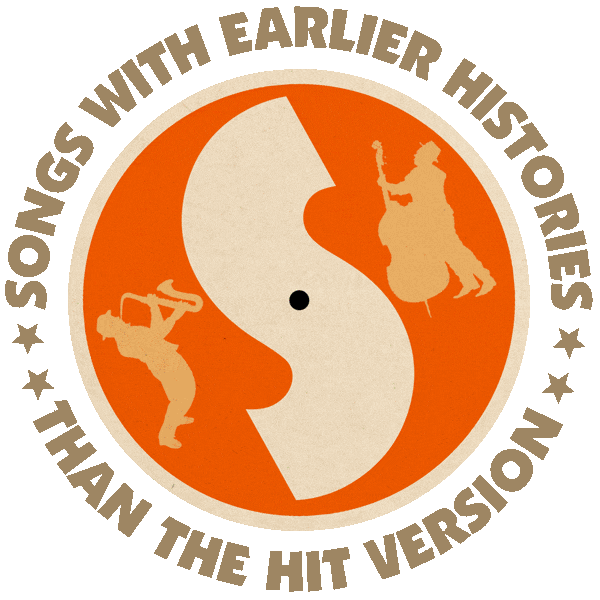First recorded by The King Cole Trio (1946, released 1989).
Hit versions by The King Cole Trio (US #3/R&B #3 1946), Christina Aguilera (US #18 1999), Michael Bublé (MOR #6 2003).
Other popular versions by Bing Crosby (1947), Mel Tormé (1955 et al.), Stevie Wonder (1967), The Carpenters (1978).
From the wiki: “‘The Christmas Song’ is sometimes known as ‘Chestnuts Roasting On An Open Fire’ and was co-written by Mel Tormé (with Robert Wells) in the summer of 1944 when Tormé was 19.
“According to Tormé, the song was written in July (1944) during a blistering hot summer. In an effort to ‘stay cool by thinking cool,’ the most-performed Christmas song was born. ‘I saw a spiral pad on his (Wells’s) piano with four lines written in pencil’, Tormé recalled. ‘They started, ‘Chestnuts roasting… Jack Frost nipping… Yuletide carols… Folks dressed up like Eskimos.’ Bob didn’t think he was writing a song lyric. He said he thought if he could immerse himself in winter he could cool off. Forty minutes later that song was written. I wrote all the music and some of the lyrics.’
“The first recording and the original arrangement of the song was recorded in June 1946 by the The King Cole Trio – without strings, because Capitol Records didn’t want to risk losing Cole’s core R&B audience with orchestration. But Cole insisted, so strings were scored for a session recorded two months later, in August 1946, This was the recording released in November 1946 with great success, peaking at #3 on both the Hit Parade and R&B music charts. (The original non-string arrangement was not issued until 1989, when it was accidentally included on the various-artists compilation Billboard Greatest Christmas Hits (1935–1954).)

